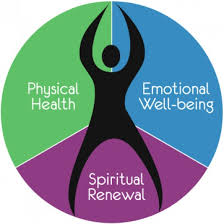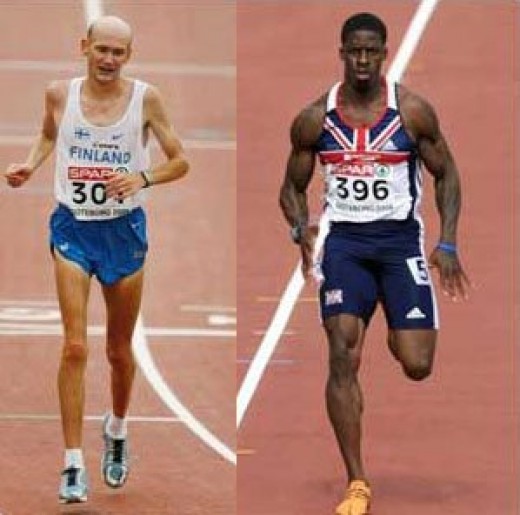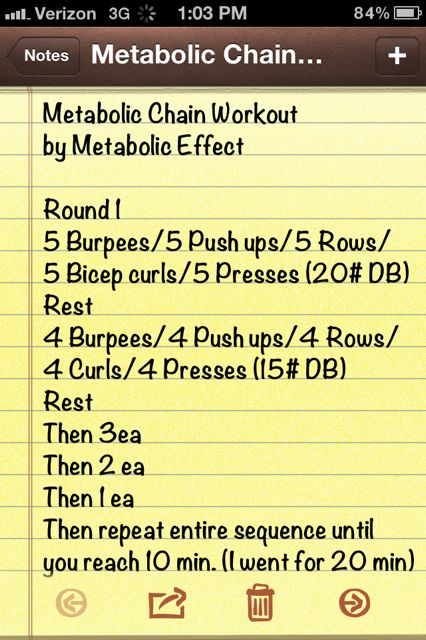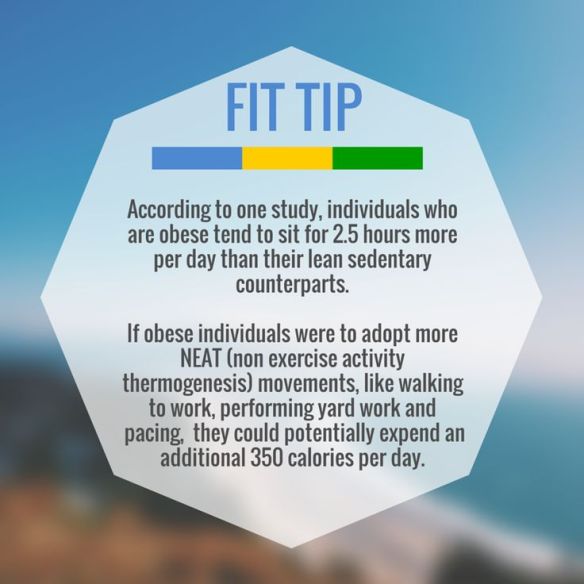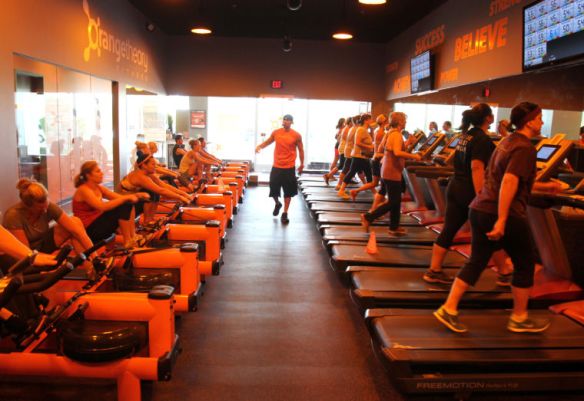So I’ve been listening to a lot of podcasts lately, mostly because I have been taking on a lot of new, diverse clients with new, diverse needs.
For example, I have a woman trying to get pregnant but can’t kick the junk food habit and lose the body fat she needs to get there. I have a fellow who has never lifted weights and is struggling to develop even the basic muscle mass to support his (bigger) frame. I have another gal who second-guesses every bite of food she puts in her mouth…and ends up skipping meals because she feels so unsure about what healthy choices look like.

Point is this: I work with, and like to think that I help, a lot of different people with a lot of different needs, so I like to stay informed about what’s new and current in the world of fitness and nutrition – and expert podcasts are a great way to do that.
Some of the ones I listen to are as follows (and guys – PLEASE comment if you have a fitness/wellness/nutrition podcast that you absolutely love so I can subscribe!):
- Love, Food – a podcast addressing common psychological issues surrounding food
- Nutrition Diva – a science-focused podcast with short bites of nutritional research
- Don’t Salt My Game – a body-image and nutrition podcast by an anti-diet dietitian
It was on the latter that I discovered a particular – but strong and prevalent – bias I have regarding my entire nutrition practice and how I approach diet and exercise and it is this:
I don’t believe in – and will not entertain as a tenet of professional practice – the HAES (Health At Every Size) movement.
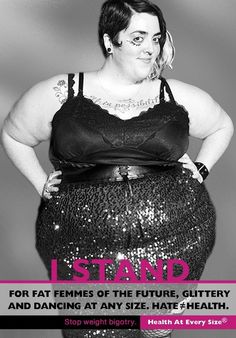
Lots of HAES activism out there!
I don’t agree with what it stands for, I don’t believe what it implies, and I think that what it does to the social perception and critical understandings of health, fitness, wellness, and nutrition is more detrimental than helpful.
Ok, whoa. Even as I wrote that, it sounds harsh. But allow me to extrapolate.
Starting with the source – the main “hub” for the HAES movements, the HAES Community page, who suggest that:
“The war on obesity has taken its toll. Extensive “collateral damage” has resulted: food and body preoccupation, self-hatred, eating disorders, discrimination, poor health, etc. Few of us are at peace with our bodies, whether because we’re fat or because we fear becoming fat. Health at Every Size is the new peace movement.”
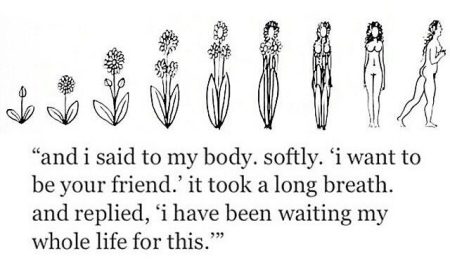
Sounds ok so far, right? I mean, I am obviously in support of a pro-health, pro-acceptance community that values wellness and balance over self-hate and illness.
So let’s keep digging, shall we?
Wikipedia further defines the HAES movement (my underlined emphasis added) as:
“…a pseudoscientific theory advanced by certain sectors of the fat acceptance movement. Its main tenet involves rejection of overwhelming evidence and the scientific consensus regarding the link between excessive calorie intake, a sedentary lifestyle, and lack of physical exercise, improper nutrition, and greater body weight – and its effects on a person’s health.”
RationalWiki (did everyone else already know this exists – and that it’s glorious?) takes an even deeper jab and defines the HAES movement as (my underlined emphasis added):
“…a pseudo-scientific concept peddled by certain fat activists which asserts — in complete opposition to current medical knowledge — that no kind of obesity is linked to poor health or unhealthiness…this leads to the assertion that if obesity is always a natural state of being then it’s perfectly fine and not at all unhealthy.”
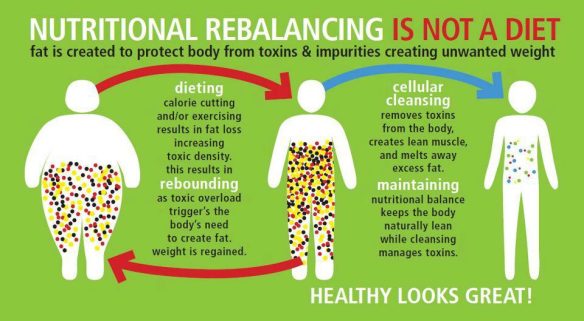
Now we’re getting to the stuff I take issue with, readers: the science.
The reality is this: health at every size is a myth. A seminal 1979 study on the topic found that obesity (a BMI of more than 30, which for a 5’4″ person is over 155 pounds/79KG) and for a 6’0″ person is over 200 pounds/100KG) is not only related to the more obvious health risks of diabetes, gout, heart disease, bone/joint and gallbladder problems, but also correlated with:
- psychosocial disability
- greater risk during surgery/anaesthesia, especially when aged
- more frequent absenteeism from work and school
Another crucial study found that overweight and obese persons tend to die sooner than average-weight persons with the same habits – and that the younger you are when you first become overweight, the stronger the mortality risk throughout your life – but what’s also important to point out is that the “ideal longevity BMI” (the BMI correlated with the longest recorded lifespans) is 20-24.9 (for our 5’4″ person, thats 115-140 pounds/52-63KG, for our 6’0″ person, that’s 145-180/65-81KG).
And guys, it’s outside of the scope of this piece – but don’t even start me on the costs of treating obesity worldwide, particularly when compared to the potential costs of preventing it.
So how to reconcile HAES with this actual, data-backed science?
Here are my two cents. Every day, (primarily) women walk into my gym with complaints about their bodies – about how they function, sometimes, but mostly about how they look.
Almost always the former can be addressed with some strength work, flexibility improvements and moderate fat loss (if overweight); the latter is the one that I think HAES is trying to “free” us from – but with all the wrong messages.
The message that medically at-risk bodies are healthy is wrong. The message that you are mentally and physically thriving at a 30 (obese) or 40 (morbidly obese) BMI is misleading. The message that staying/being/becoming fat is a preferred way to address size-based discrimination and eating disorders is horrific. I don’t like any of it, and I think that promoting this kind of thinking, especially among young women just starting to know their bodies and how they exist in the world, sets up a lifetime of struggle.
Where the HAES and other body-positivity movements have it right is this: encouraging self-respect, intuitive eating, the joy of movement, and compassionate self-care should be a priority for all fitness and wellness professionals.
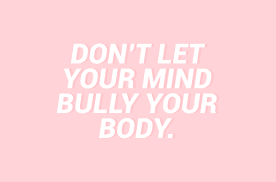
When we participate in a culture that promotes body-shaming, negative-reinforcement training methods, overly restrictive or unsafe diet practices, or overtraining (over-exercise, under-sleeping, under-eating, over-stressing), we are part of the problem.
When we make a commitment to separating value and character judgments from human bodies, employing positive-motivational coaching, helping clients with intuitive and mindful eating habits, and monitoring our clients for all markers of overall wellness (not just their weight and fat), we become part of the solution.
Thus, #fitfam, I suggest and stand for the revised term of Health at MANY Sizes, rather than HAES. There is no one body type that means healthy, just like there is no one body type that means beautiful, or that means worthy. My best self might not resemble yours, and what’s healthy for me might not be ideal for you. That’s ok.
But if we are painfully honest with ourselves about what we look and feel like when we’re thriving – I know I used that word before, but I really do love it – I bet a healthy weight is right in there, alongside the glowing skin, high energy, stamina, and resilience that is characteristic of true wellness and health.
What’s your opinion of HAES? When do you feel like you’re truly thriving?









